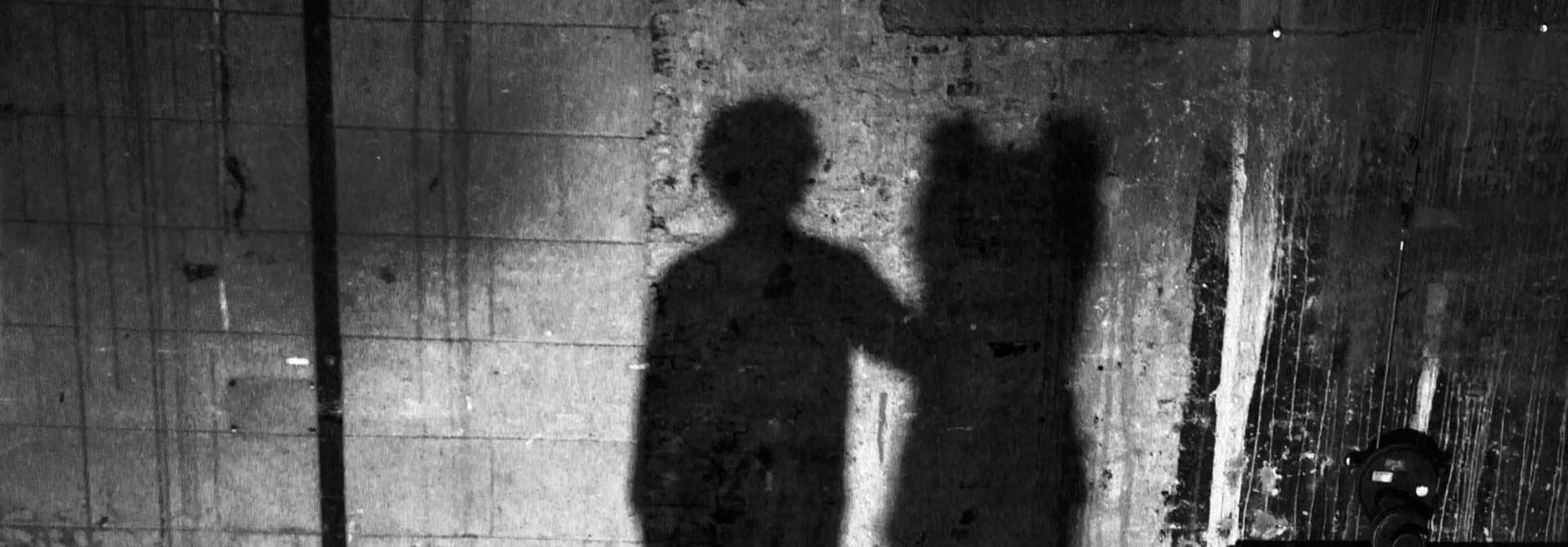
BEING
The Icelandic choreographer Bára Sigfúsdóttir first visited Iran in 2014. She presented her solo performance On the Other Side of a Sand Dune at UNTIMELY, a festival for contemporary dance in Tehran.
As she herself says, the trip changed her life. During her stay, she led an improvisation workshop that was organized by the ICCD (Invisible Centre of Contemporary Dance, Tehran). This put her in touch with Masoumeh Jalalieh and SeyedAlireza Mirmohammadi, two local artists who participated in the workshop. There was a mutual feeling of kinship: a special meeting.
Bára Sigfúsdóttir: I am particularly interested in exploring the extent to which small changes of intention in the movement can bring about enormous changes in the imagination of the public. How can a concrete movement generate poetic ambiguity merely through a slight alteration in the intention of the movement? How can this ambiguity lead to a web of symbols, meanings and emotions? Movement is potentially the carrier of an enormous amount of subtext. In Iran, where political restrictions limit public expression, this subtext is very important. My profound interest in the poetic subtext of movement is the point where I come together with the imagination and creativity of Masoumeh and SeyedAlireza. Their approach to movement and their perspectives on dance and life, which in Iran are closely connected, have been particularly inspiring for me.
being
In being the body functions as a poetic instrument to bring Western European culture and Iranian culture into dialogue with one another. It is about working with the body, with the body you happen to inhabit and with which you communicate, taking into consideration all existing limitations.
Bára sees dance as an essential art form by which to communicate across borders. No matter where we come from in the world, we all have a body. In being it is about the inherent richness of this possibility of communication.
In being Bára wants to explore human physicality away from academic dance techniques. The two performers contribute a form of movement background that is different from most Western European dancers. They both have a very personal approach to their physicality, which Bára wants to make use of. That is the basic fact. Bára wanted the movement material to come from their bodies and not to be imposed by her. She did not want to tell them how to move or what to do. It is a genuine form of exchange.
Another important principle lies in the fact that the same piece will be shown in the West and in the Middle East. That is why Bára decided to work within the strictures of censorship. The show does not wish to go against censorship, but to use the limits imposed by censorship as a framework in which the work comes into being. This work method is comparable to the creation of a piece where you would stick to a particular artistic code (for example, a work that makes use of the Cunningham technique). The difference is that the code here is not artistic but sociopolitical.
being does not make big statements. It is about coming together and about trying to understand one another. For this project, the dialogue between cultures was not mobilized as a theoretical concept, but actually put into practice. It is not about tolerating the other but about setting out with the other. Being of the same mind, but thinking differently.
being was created on the road in different circumstances and geographical locations. On the road from one place of residency to the next, between the West and the Middle East, a dialogue emerged between different worlds, between the performers and Bára, in search of commonality, namely humanity.
It is now time to open up the dialogue between the makers and the audience. With being the makers offer us, the spectators, the opportunity to look in a different way or to question our way of looking. That is not self-evident but it is worthwhile. After all it can contribute to a more open world view, something we badly need today.
Having spent all this time together dialoguing and carrying out their research, Bára, Masoumeh and SeyedAlireza now wish to invite the audience to communicate, to connect. By Rudi Meulemans on being
CREDITS
Première: 26 October 2017, CAMPO (co-presentation with Vooruit Arts Centre) Ghent (BE)
LENGHT:about 60 minutes
CHOREOGRAPHY: Bára Sigfúsdóttir
CREATED WITH/PERFORMED BY: MasoumehJalaliehandSeyedAlirezaMirmohammadi
DRAMATURGY: Sara Vanderieck
LIGHTING DESIGN:Jan Fedinger
TECHNICAL SUPERVISION: Marie Vandecasteele and/or Bardia Mohammad
INTERNATIONAL DIFFUSION: A Propic / Line Rousseau and Marion Gauvent
PRODUCTION: GRIP
CO-PRODUCTION:Vooruit Arts Centre, DansBrabant, DANCE ON PASS ON DREAM ON, workspacebrussels / Life Long Burning, Moussem Nomadic Arts Centre, de Grote Post and C-TAKT
WITH THE SUPPORT OF: fabrik Potsdam, Platform 0090, Grand Theatre and CAMPO
WITH FINANCIAL SUPPORT OF: the Government of Flanders, the Embassy of the Federal Republic of Germany, the Creative Europe Programme of the European Union and the city of Antwerp
THANKS TO:Andrean Sigurgeirsson
Photo by: Maryam Ghiasi
Agenda 18/19
| 01-10-18 | BEING | YEREVAN | HIGH FEST | IRAN | OPTION PERIOD 1-5 |
| 10-10-18 | BEING | MIDDEL EAST TOUR | OPTION PERIOD 10-18 | ||
| 11-12-18 | BEING | LEUVEN | STUCK STUDIO | BE | |
| 12-12-18 | BEING | LEUVEN | STUCK STUDIO | BE |
